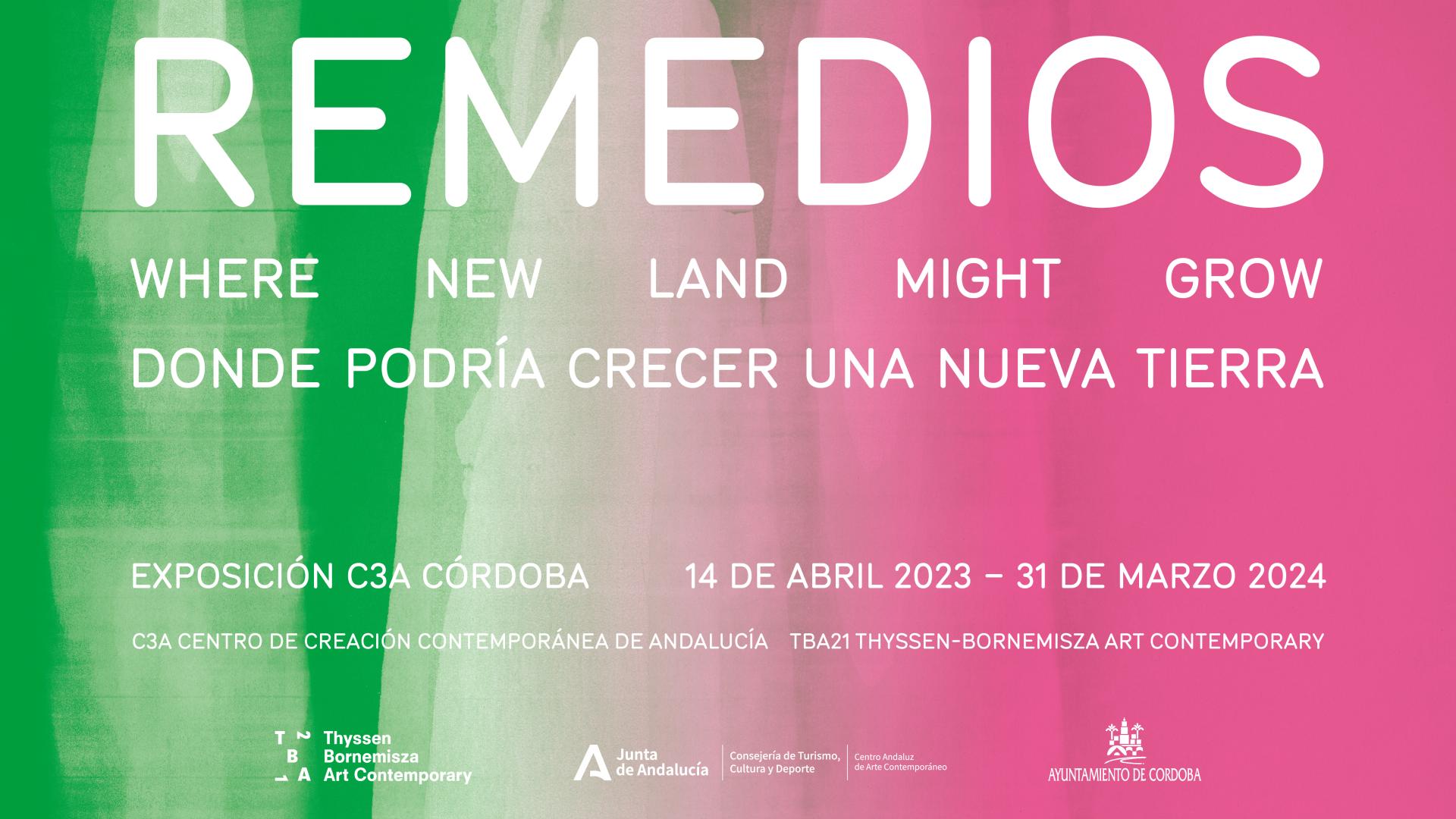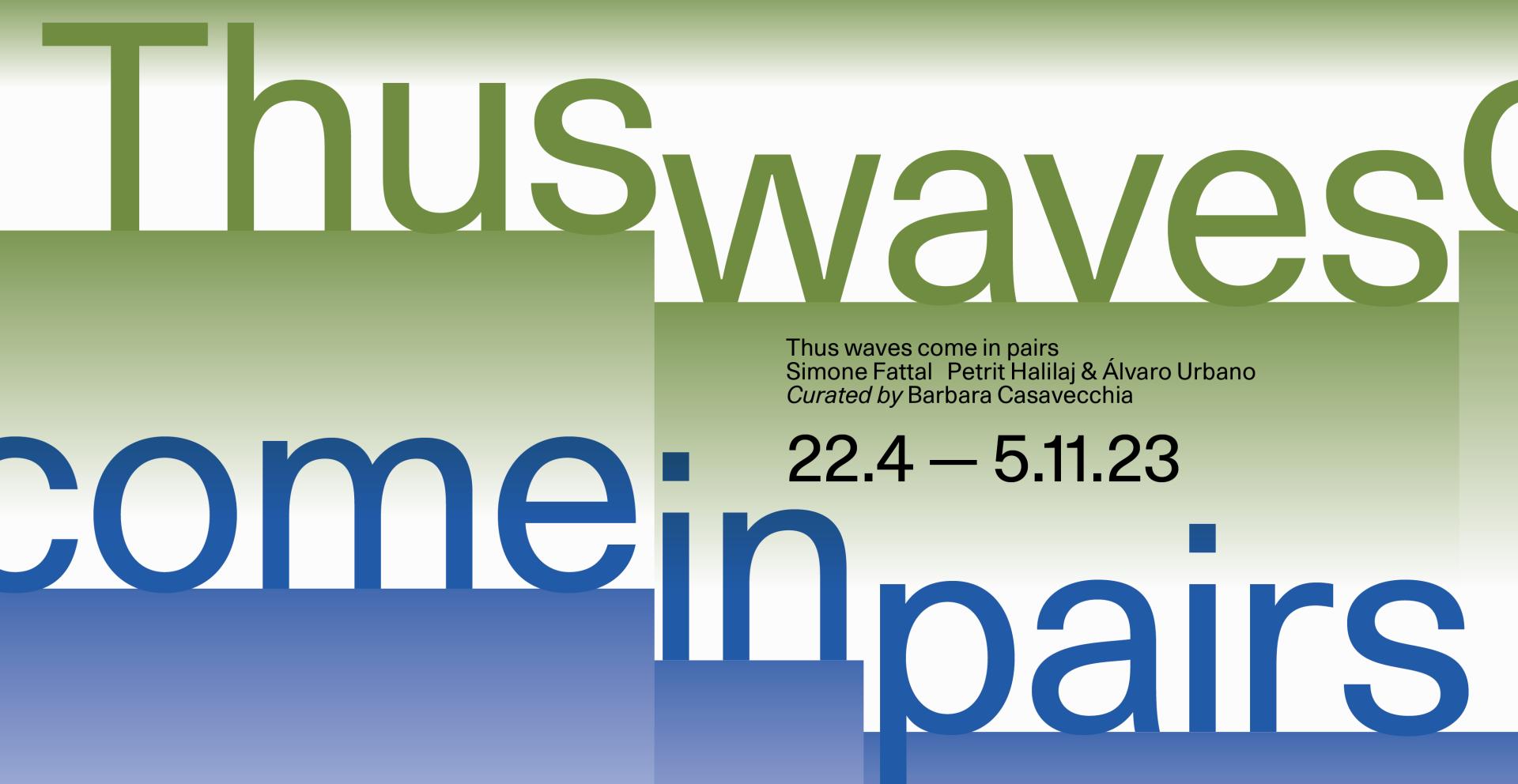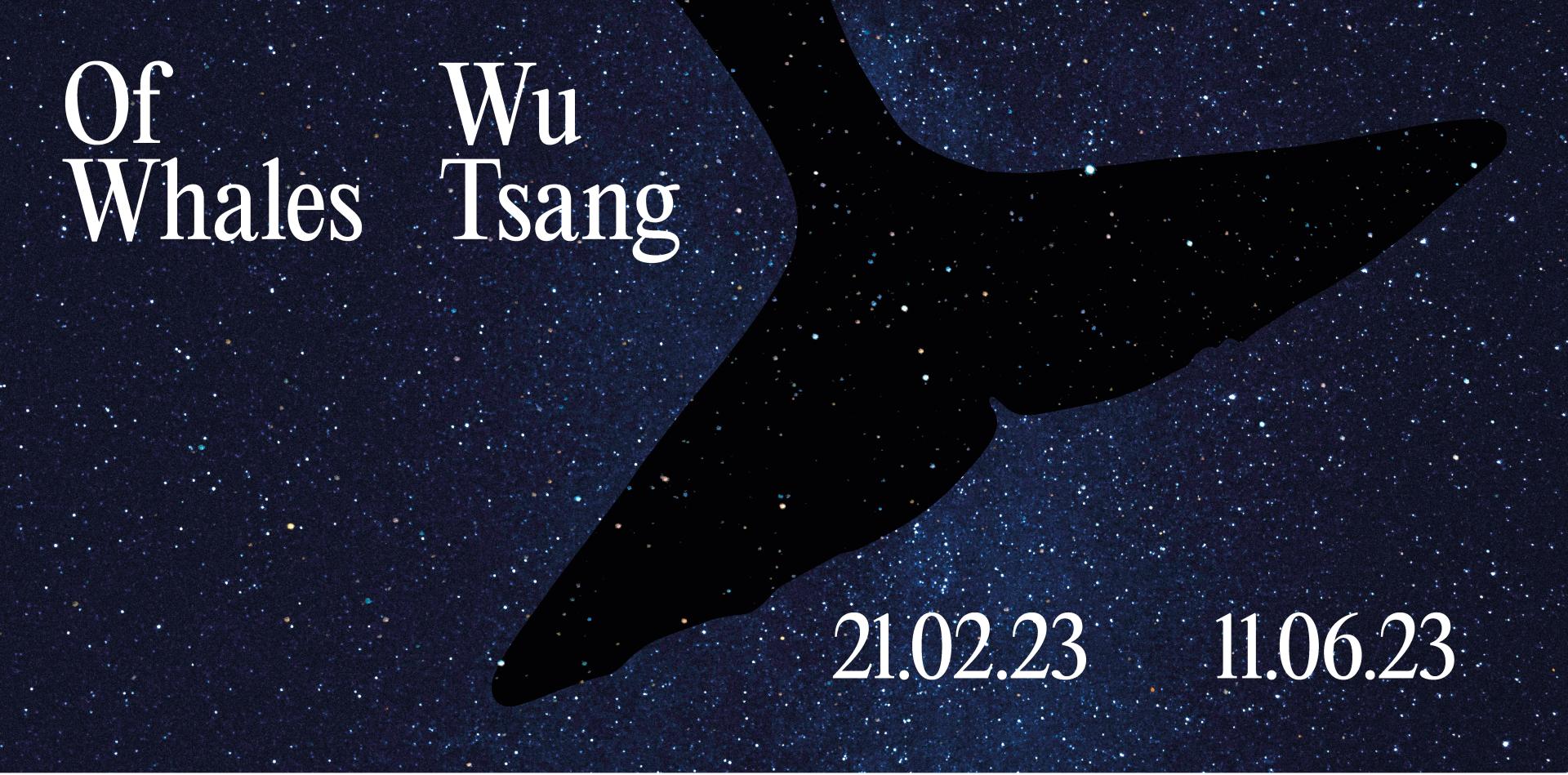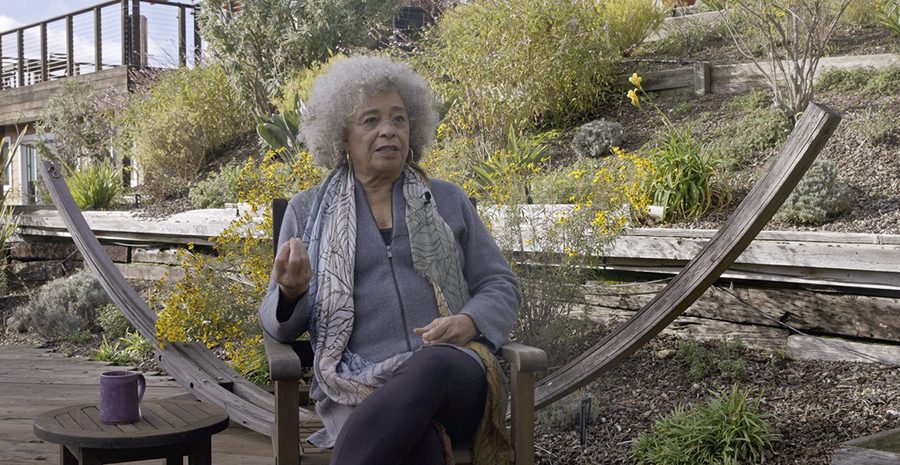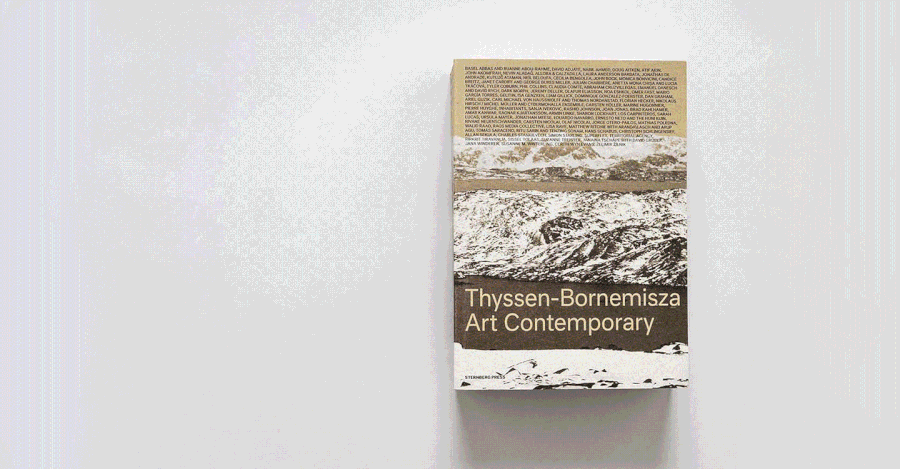D1 - Z1 (22,686,575:1), 2009
Simon Starling

Installation view: Simon Starling in collaboration with SUPERFLEX – Reprototypes, Triangulations and Road Tests, Thyssen-Bornemisza Art Contemporary, Vienna, 2012
Photo: Jens Ziehe | TBA21
Photo: Jens Ziehe | TBA21
Collection
35 mm film installation (color, silent), D1 projector
30 sec (film)
Overall dimensions variable
Considered to be the first freely programmable computer in the world, the Z1 was designed in 1936 by the engineer and artist Konrad Zuse (1910-1995). With 172 bytes of memory and the ability to add, subtract, multiply and divide, the Z1 was privately financed and quite literally home-made in Zuse's parents Berlin apartment. Completed in 1938 the computer was "˜programmed' using punched tape feed into a reader. Zuse punched his programs into regular 35mm photographic film.
The footage for D1 - Z1 (22,686,575:1) was generated using state-of-the-art computer animation technology including surface-rendering programs developed in Berlin. Generating this simple 30 second long animation sequence, depicting the punched film reader (a tiny part of the vast machine), required 3,992,837,240 bytes of information - over 22 million times the memory of the Z1. This computer-generated, "˜virtual' reconstruction was then transferred onto traditional 35 mm film stock and exhibited on another piece of mid-century German technology - a Dresden D1 projector.
*1967 in Epsom, United Kingdom | Living and working in Copenhagen, Denmark
30 sec (film)
Overall dimensions variable
Considered to be the first freely programmable computer in the world, the Z1 was designed in 1936 by the engineer and artist Konrad Zuse (1910-1995). With 172 bytes of memory and the ability to add, subtract, multiply and divide, the Z1 was privately financed and quite literally home-made in Zuse's parents Berlin apartment. Completed in 1938 the computer was "˜programmed' using punched tape feed into a reader. Zuse punched his programs into regular 35mm photographic film.
The footage for D1 - Z1 (22,686,575:1) was generated using state-of-the-art computer animation technology including surface-rendering programs developed in Berlin. Generating this simple 30 second long animation sequence, depicting the punched film reader (a tiny part of the vast machine), required 3,992,837,240 bytes of information - over 22 million times the memory of the Z1. This computer-generated, "˜virtual' reconstruction was then transferred onto traditional 35 mm film stock and exhibited on another piece of mid-century German technology - a Dresden D1 projector.
*1967 in Epsom, United Kingdom | Living and working in Copenhagen, Denmark



